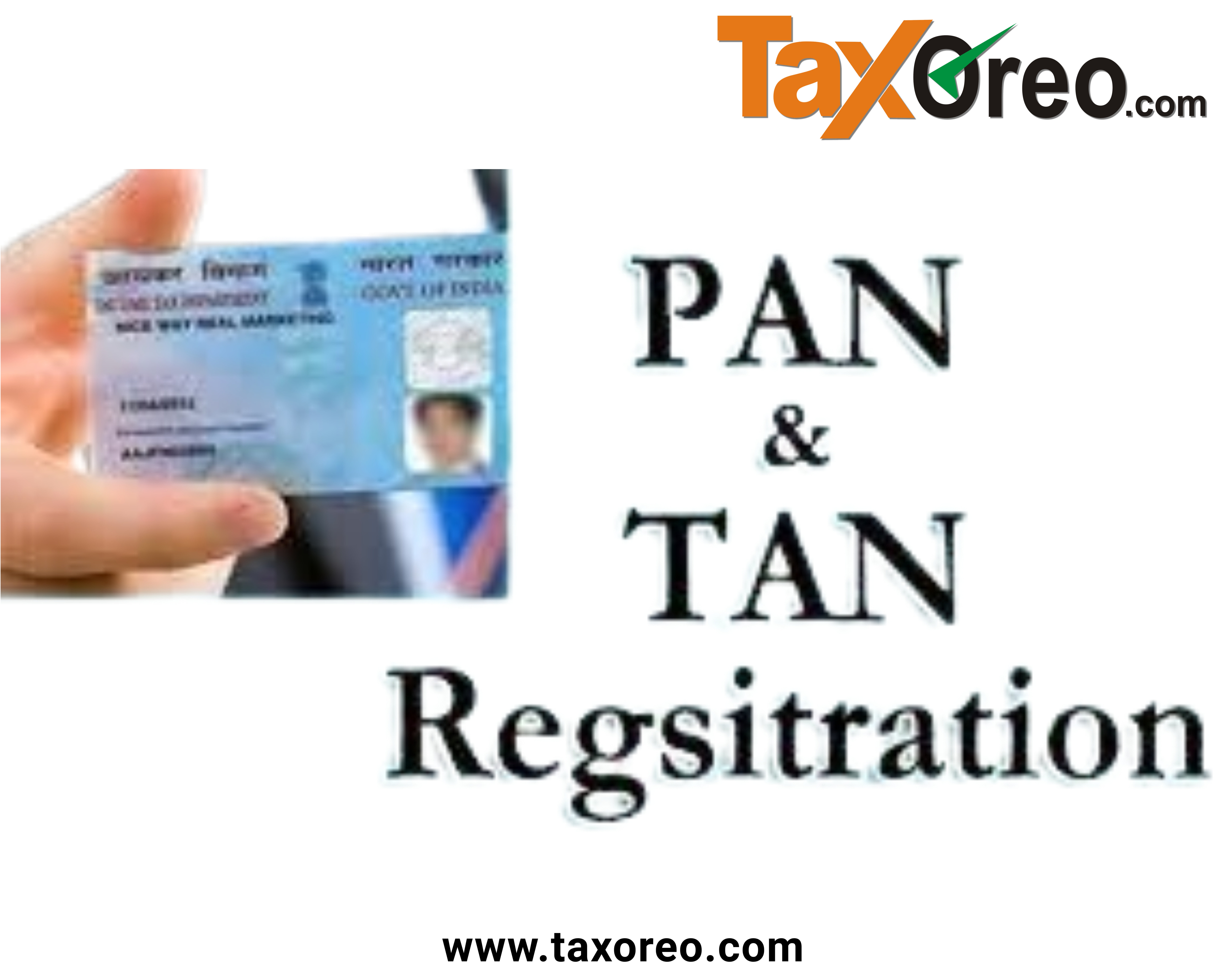
What is a PAN Card?
PAN (Permanent Account Number) is a 10-digit alphanumeric number delegated by the Income Tax Department of India to any person, corporation, or institution. It is a unique identification number that allows the government to trace financial activities. A PAN Card is a necessary document for submitting income tax returns, opening bank accounts, and doing other financial transactions.
Structure of PAN Number
The Indian Income Tax Department issues PAN numbers, which are 10-digit alphanumeric numbers. It is composed of five parts:
1. The first three characters are: It is made up of three letters from the alphabet. The first character is a letter from A to Z that indicates the type of entity. The second and third characters are letters AA through ZZ.
2. The fourth character is a number ranging from zero to nine.
3. The fifth character is an alphabet (A-Z).
4. Sixth to ninth characters: A combination of four digits ranging from 0 to nine.
5. The tenth character is an alphabetical check digit from A to Z.
Uses of PAN
PANs are used for a variety of functions, such as filing taxes, opening bank accounts, transferring payments, and making investments. It is also used to confirm an individual's identification during some financial transactions. Businesses use PAN cards to offer confirmation of identity to employees as well as to track their financial transactions.
Who Has To Obtain PAN Registration?
Permanent Account Number (PAN) is a ten-digit alphanumeric identification number issued by the Income Tax Department of India. PAN registration is mandatory for most individuals, companies, Hindu Undivided Families (HUFs), and trusts that carry out financial transactions. PAN registration is required for the opening of a bank account, making investments, filing tax returns, and other financial transactions.
What are the Benefits of a PAN Card?
1. A PAN Card is a necessary document for any financial activities.
2. The PAN Card makes it easier to identify taxpayers and track their financial transactions.
3. The PAN Card allows the government to keep track of income tax payments.
4. A PAN Card is required to open a bank account or conduct any financial transactions above Rs.50,000.
5. PAN Card helps in tracking financial transactions for the purpose of curbing money laundering and other illegal activities.
6. PAN Card helps in easy processing of credit card and loan applications.
7. PAN Card is also required to purchase items from certain stores.
8. PAN Card is necessary to purchase certain high-value items such as motor vehicles and property.
9. A PAN Card is also needed to invest in mutual funds, stocks, and other investments.
10. A PAN Card is mandatory for filing income tax returns.
What are the types of PAN cards?
1. Regular PAN Card: This is the most common type of PAN card issued to individuals and entities such as companies, trusts, etc.
2. PAN Card for NRI: This type of PAN card is issued to non-resident Indians (NRIs) who are living and working abroad.
3. PAN Card for Minor: This type of PAN card is issued to minors who are below the age of 18.
4. PAN Card for Trust: This type of PAN card is issued to trusts, societies, and non-profit organizations.
5. PAN Card for Company: This type of PAN card is issued to companies registered in India.
What is TAN?
TAN stands for Tax Deduction and Collection Account Number. It is a ten-digit alphanumeric number issued to individuals, companies, trusts, and partnership firms to enable them to deduct tax at source. It is also used to track the tax deducted at source and credited to the government.
Documents Required for TAN registration?
1. Entity’s PAN
2. Entity’s Address Proof
3. Identity Proof of Signatory
4. Bank account details
5. Authorization letter (if applicable)
6. Digital Signature Certificate (DSC) of signatory
7. Scanned copies of documents in JPG/JPEG/PDF format.
Structure of TAN Number
A TAN number is a ten-digit alpha-numeric code used to authenticate a taxpayer's transactions with the Indian Income Tax Department. The code is composed of two parts: the first two digits are alphabets, followed by eight digits. The first two alphabets indicate the name of the assessee, while the remaining eight digits are random numbers that are unique to each transaction.
Uses of TAN Card?
1. A TAN Card is used for the purpose of deducting tax at source (TDS) on payments made for various services such as rent, commission, interest, etc.
2. It is also used for certain other payments such as payments to non-residents, fees to professionals, etc.
3. It is mandatory for a business to provide a TAN card to its employees in order to allow them to claim tax deductions on their income tax returns.
4. Banks and other financial institutions also require customers to provide their TAN card details to verify their identity.
Who Has To Obtain TAN Registration?
TAN (Tax Deduction and Collection Account Number) registration is required for all entities that are in charge of deducting or collecting taxes or are required to make specific payments. This includes individuals, companies, firms, trusts, and any other business entities.
What are the benefits of a TAN Card?
1. Convenience: With a TAN card, you can make payments easily and quickly without having to fill out forms or provide personal details.
2. Efficiency: A TAN card eliminates the need to manually enter data into the system, which can save time and reduce errors.
3. Security: TAN cards are more secure than traditional methods of payment as the card holder’s data is encrypted and stored securely.
4. Cost Savings: TAN cards often incur lower fees than other forms of payment, making them an attractive option for businesses.
5. Trackability: With a TAN card, you can easily track and monitor payments, giving you better control of your finances.